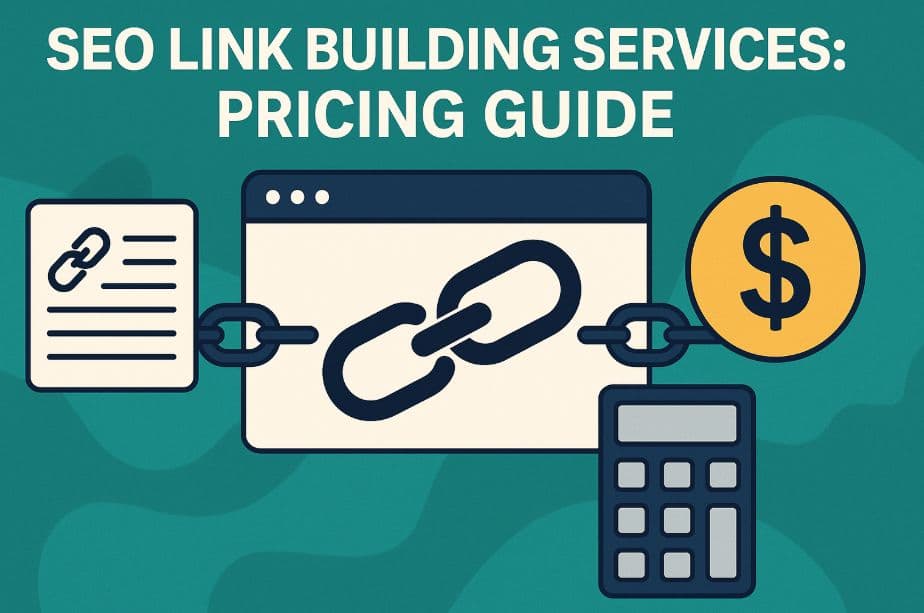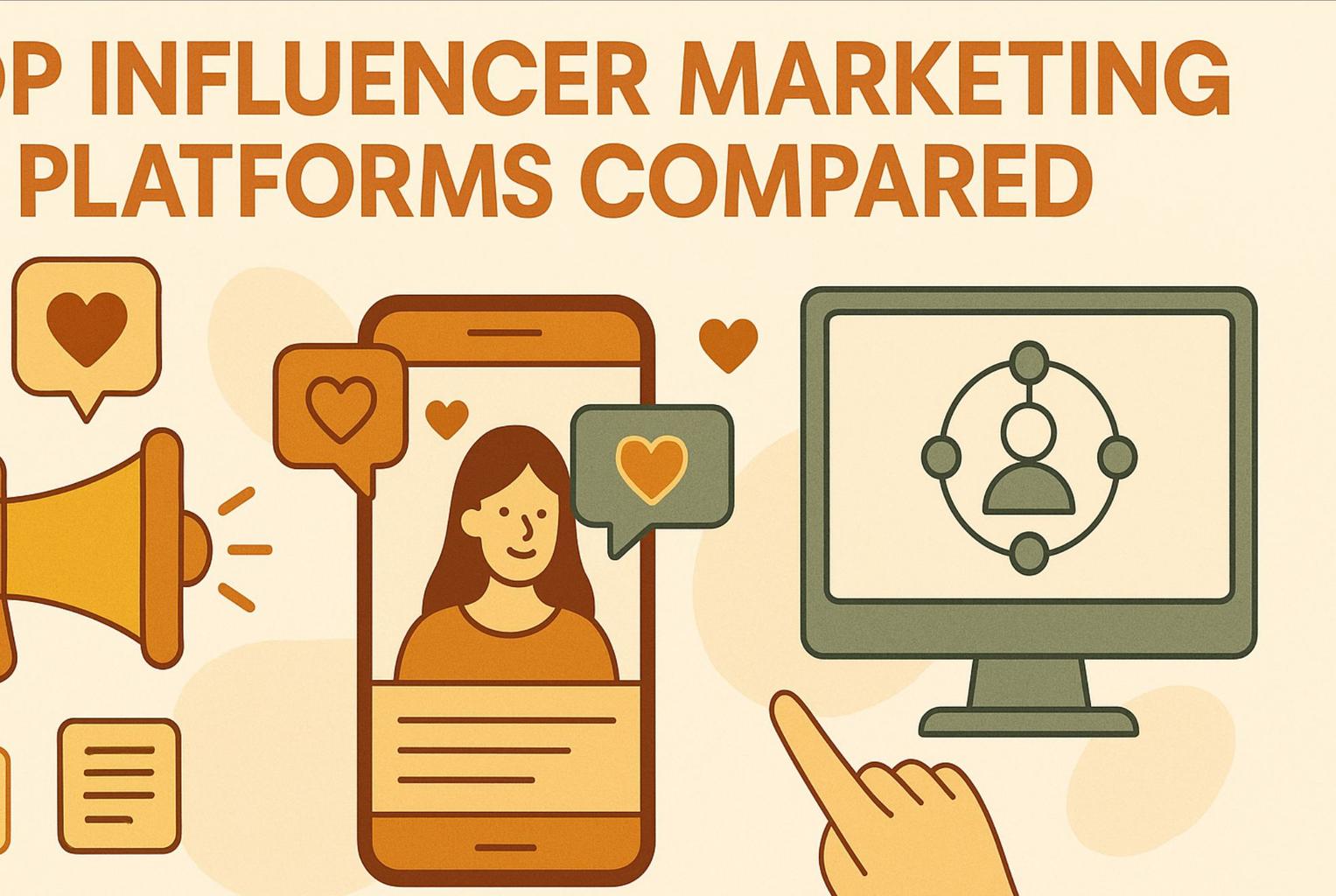Want to measure your PR success? Start tracking the right metrics.
Here’s what you need to know:
- Media Coverage: Track mentions, audience reach, and how well your messages are landing.
- Backlink Quality: Focus on domain authority, relevance, and growth of links to your website.
- Website Traffic: Use tools like Google Analytics 4 to measure referral traffic, engagement, and conversions.
- Social Media Impact: Monitor engagement rates, reach, and audience growth across platforms.
- Brand Perception: Analyze sentiment, share of voice, and message resonance to understand how people view your brand.
These metrics connect PR activities to business goals, helping you prove ROI and refine strategies. Use tools like Meltwater, CoverageBook, and Sprout Social to monitor and analyze performance effectively.
Pro Tip: Regularly update your KPIs and use data to plan smarter campaigns. For example, despite fewer placements, a UK brand found TikTok drove higher Media Impact Value (MIV).
Want better results? Focus on measurable, actionable KPIs that align with your goals.
Key Digital Marketing Metrics to Improve Your Results
Main Digital PR Metrics
Here’s a breakdown of key metrics to help you measure the success of your digital PR efforts:
Media Coverage Tracking
This metric measures how far and wide your PR efforts are reaching, focusing on mentions and stories in prominent publications.
Key points to consider:
- Potential reach: The total audience size that could see your coverage.
- Quality of placement: How prominently your brand is featured.
- Key message penetration: Whether your main message is included in the coverage.
- Market spread: Coverage across your target regions.
Link Quality and Authority
Backlinks are a crucial part of digital PR. Here’s what to monitor:
- Domain Authority (DA): Check the authority of websites linking to you.
- Link relevance: Ensure links come from sources aligned with your industry.
- Link placement: Look for links placed naturally within relevant content.
- Growth: Keep an eye on the pace of acquiring quality backlinks.
Website Traffic Analysis
Google Analytics 4 can help you track how well your PR campaigns drive traffic and engagement:
- Referral traffic: Visits coming from earned media.
- Engagement metrics: Metrics like time spent on the site and pages viewed per session.
- Conversion rates: How many visitors take action after arriving via PR-driven traffic.
- Geographic data: Where your visitors are located and whether they align with your target regions.
A good benchmark is achieving referral traffic above 7% for strong PR performance.
Social Media Results
Social platforms offer immediate feedback on how well your campaigns are performing:
- Engagement rates: Likes, shares, and comments.
- Share of voice: How your brand compares to competitors in visibility.
- Reach and impressions: How many people see your content.
- Audience growth: The number of new followers gained during a campaign.
Brand Perception Metrics
Understanding how your brand is perceived can provide valuable insights:
- Overall sentiment: The balance of positive, negative, and neutral mentions.
- Message resonance: How well your key themes are being received.
- Crisis impact: Changes in sentiment during challenging times.
For crisis communications, compare sentiment and mention volume before and after the event to assess recovery progress.
| Metric Type | Key Indicators | Measurement Tools |
|---|---|---|
| Media Coverage | Mentions, potential reach | Media monitoring platforms |
| Link Quality | Domain authority, relevance | SEO analysis tools |
| Website Traffic | Referral sources, engagement | Google Analytics 4 |
| Social Media | Engagement rates, reach | Social analytics platforms |
| Brand Perception | Sentiment scores, share of voice | Social listening tools |
These metrics set the stage for adopting more advanced tracking tools, which will be discussed in the next section.
PR Measurement Tools
The right tools are essential to measuring PR success effectively. These tools provide the data needed to track and analyze performance based on the KPIs mentioned earlier.
Media Coverage Tools
Media monitoring platforms help track brand mentions across various channels, including news outlets, social media, blogs, and more. For example, Meltwater processes over 500 million new content pieces daily from more than 270,000 global sources. It monitors:
- News websites
- Social media platforms
- Forums and blogs
- Print publications
- Broadcasts
- Podcasts
Another option, CoverageBook, serves over 18,750 users in 40+ countries. It specializes in creating professional reports that highlight campaign outcomes.
Link Analysis Tools
Link analysis tools assess the quality and effectiveness of earned media coverage. They focus on metrics like:
- Domain Authority (DA) and Domain Rating (DR)
- Quality of referring domains
- Link relevance and context
- Traffic potential
These tools help evaluate site authority, organic traffic, spam risks, and relevance to your industry. Social media tools can then enhance this data by providing real-time insights into audience interactions.
Social Media Tools
Social media platforms are key for understanding campaign performance and audience engagement. Sprout Social, named G2's #1 Best Overall Software Product for 2024, offers features to track social media impact. Social listening platforms analyze:
- Sentiment in posts and comments
- Brand mentions and discussions
- Engagement metrics
- Customer feedback
- Campaign results
Buffer, trusted by over 100,000 businesses, enables teams to act quickly and efficiently.
| Tool Type | Key Advantages |
|---|---|
| Media Coverage | Broad monitoring, automated alerts |
| Link Analysis | Competitive insights, trend tracking |
| Social Media | Real-time engagement, audience data |
sbb-itb-3230277
KPI Tracking Guidelines
Top companies typically allocate around 10% of their project budgets to measurement efforts. The following guidelines expand on existing metrics and tools to ensure PR strategies are consistently refined through data.
Setting PR Goals
Start by gathering insights from market research, web analytics, media coverage, and competitor performance. Then, apply the SMART framework to define clear objectives:
| Component | Example |
|---|---|
| Specific | Female millennials |
| Measurable | 7% increase |
| Attainable | Based on historical data |
| Relevant | Brand awareness |
| Time-bound | June to August |
This approach ensures your objectives are focused, measurable, and aligned with broader business goals.
Updating KPI Tracking
Regularly revisit your KPI tracking methods to keep them accurate and meaningful. Pay attention to metrics that show direct results by:
- Comparing current performance to established benchmarks.
- Tracking trends in key indicators over time.
- Adjusting how often metrics are reviewed based on campaign phases.
- Documenting any updates to tracking methods for consistency.
Using Data for PR Planning
Research shows that campaigns with 70 or fewer pitches tend to perform better than those with over 71 pitches. This suggests that narrowing your outreach can lead to more effective campaigns.
Here’s how you can use data to enhance your PR planning:
-
Establish Performance Baselines
Measure key indicators like placement rates and domain authority scores to create benchmarks for future campaigns. -
Identify Success Patterns
Examine how outreach efforts correlate with results to pinpoint the most effective strategies for different types of content and media outlets. -
Adjust Timing Strategies
Use timing data to refine when and how you distribute content and send pitches.
Conclusion
Tracking metrics in digital PR is crucial. With the industry expected to grow to $133 billion by 2027, these metrics help refine strategies and show clear value to stakeholders.
While metrics offer a broad view, KPIs zero in on specific progress toward set goals. This distinction allows PR teams to concentrate on efforts that align directly with their business objectives.
"Effective PR KPIs are actionable metrics that can help you keep your PR activities on track. PR professionals use these KPIs to manage, control, and attain their desired business targets efficiently. Working with the right Public Relations KPIs gives your teams an accurate picture of the organization's progress." – PRLab
Adopting a data-driven approach is key to improving and proving the impact of PR efforts:
- Regular Monitoring: Ongoing performance checks allow teams to adjust strategies quickly.
- Refining Strategy: Highlighting what works best ensures resources are used wisely.
- Justifying ROI: Clear metrics back up budgets and support future funding.
For instance, a major UK brand's summer campaign discovered Instagram as their leading MIV generator, while TikTok proved more efficient for content production. These insights directly informed their platform strategy. Using such metrics ensures every campaign contributes to your business goals.
As PR evolves, leveraging performance data is becoming more important. Teams that prioritize measurement and analysis will create more effective campaigns, driving results that matter.
FAQs
How can you align digital PR metrics with business goals to prove ROI?
To effectively prove ROI, it’s essential to align your digital PR metrics with your business goals. Start by identifying your organization’s key objectives - whether it’s increasing brand awareness, driving website traffic, or generating leads - and tailor your PR strategy to support these goals.
Track metrics that directly reflect your objectives, such as referral traffic, backlinks from high-authority sources, social media engagement, and lead conversions. By connecting these metrics to measurable business outcomes, you can clearly demonstrate the value of your digital PR efforts and optimize strategies for even greater impact.
What are the best tools to measure the quality and effectiveness of backlinks in digital PR campaigns?
To accurately evaluate the quality and impact of backlinks in your digital PR campaigns, Ahrefs, Majestic, and Semrush are highly recommended. These tools provide detailed insights into backlink quality, domain authority, and referral traffic, helping you understand how backlinks contribute to your campaign's success.
Each tool offers unique features, such as identifying high-quality linking domains, monitoring new and lost backlinks, and analyzing competitor strategies. By using these platforms, you can refine your digital PR efforts and ensure your backlinks are driving meaningful results.
How often should PR professionals review and update their KPIs to keep campaigns effective?
PR professionals should review and update their key performance indicators (KPIs) regularly to ensure they align with evolving campaign goals and market trends. A good rule of thumb is to evaluate KPIs at the start of each campaign, during major strategy shifts, or at least quarterly for ongoing initiatives.
Frequent updates help ensure your metrics remain actionable and relevant, especially as new tools, platforms, or audience behaviors emerge. Staying proactive with KPI adjustments allows you to measure success accurately and optimize your digital PR strategies for better results.

